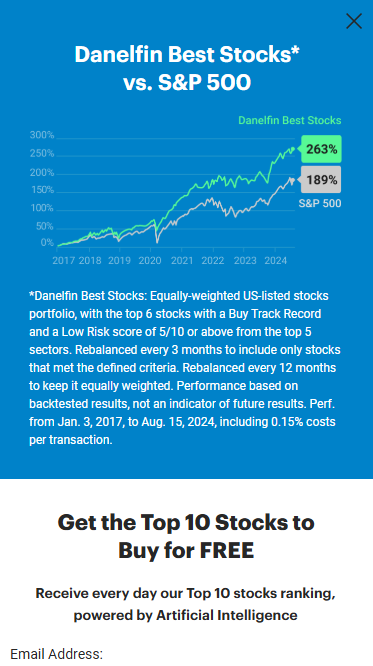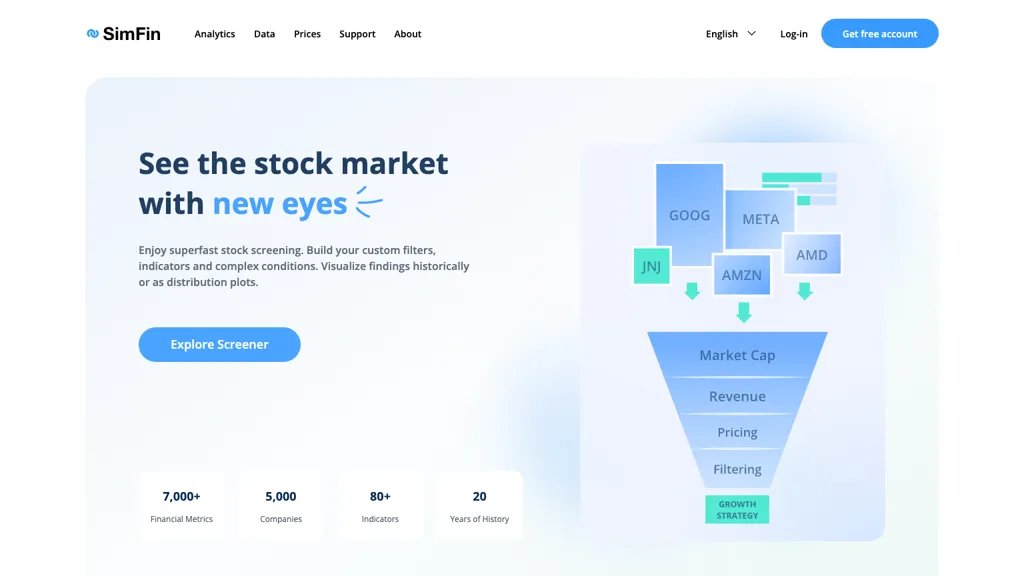Top 10 Tips To Help Evaluate The Cost And Price Of Ai Trading Platforms That Forecast Or Analyze Price Of Stocks.
Assessing the cost and pricing of AI software for predicting and analyzing stocks is essential to ensure that you get value from your investment without incurring hidden costs or unexpected expenses. Understanding what you are paying for and the pricing structure can be very different. This can help you make a more informed choice. Here are the top 10 suggestions to evaluate the cost and pricing of these platforms:
1. Understanding Pricing Model
Subscription based: Verify whether the service charges per month or annually and what features each tier includes.
Pay-per-use: Check whether the platform charges you according to usage (e.g., number of data requests, trades or forecasts).
Freemium model: Assess whether the platform has the free version with only a few features, and charges for premium features.
2. Compare Pricing Tiers
Review the features of each price tier, e.g. Basic, Professional Enterprise, Basic.
Scalability: Ensure the pricing levels align with your needs, regardless of whether you're an individual trader or professional.
Upgrade flexibility: See whether it's possible to upgrade or downgrade the plan when you alter your needs.
3. Evaluate Hidden Costs
Data fees - Determine if the platform charges an extra cost to access the most valuable information (e.g. data in real time and advanced analytics).
Brokerage costs Check if the platform has additional charges for trading or integrate with brokers.
API usage: Assess whether there are any additional charges for API access or for high-frequency API use.
4. Demos and Trials are Available for Free
Trial period: Search for websites that provide an opportunity to try a trial or demo to test their capabilities before you commit to.
Trial limitations: Determine whether the trial you are using is included in all features or is restricted in its functionality.
If you feel that the platform isn't suitable for you, be sure that you are able to end the trial.
5. Look for discounts and promotions.
Annual discounts: Determine whether your platform offers discounts on subscriptions that are payable annually as opposed to plans that are paid monthly.
Referral Programs: Find out whether your platform offers discounts or credits for customers who refer other users.
Find out about pricing for institutions if you are part of an organization with a lot of employees.
6. How do you evaluate return on Investment (ROI).
Cost in relation to. value: Consider whether the features and forecasts of the platform are worth the price. For instance, does it will help you make a better decisions in trading or help you reduce time.
Performance track record - Research the platform's success rates or user testimonials for an indication of its potential return on investment.
Alternative costs Consider comparing the cost of the platform to the cost that could be incurred by not using it (e.g., missed opportunities, manual analysis time).
7. Review Cancellation and Refund Policies
Terms of cancellation: Make sure you have the option to cancel your subscription with no penalties or hidden fees.
Check the refund policy to determine if you can get the refund you need for unredeemed subscription portion.
Auto-renewal : Find out whether your subscription has been automatically renewed by the platform. You can also find out how you can opt out.
8. Examine Pricing Transparency
Clear pricing: Ensure that the pricing of the platform is clearly stated and contains no hidden fees.
Customer service: If there are any questions about the cost of services or other charges Contact customer service.
Contract terms: Review the conditions of service to know the long-term commitments and penalties.
9. Check out your competition
Comparing the features and pricing of different platforms is an excellent method to ensure you're getting a good deal.
User reviews: Read user feedback and see whether other users agree that the platform is worthwhile.
Market positioning: Check whether the platform is priced as a premium, mid-tier, or a budget choice and if it is in line with your expectations.
10. Estimate the Long-Term cost
Price increases: Find out if there is a pattern of price rises and how often they occur.
Feature Additions: Evaluate whether you have new features in the current version or if you should upgrade.
Scalability costs: Ensure the platform's pricing remains reasonable when your trading or data requirements grow.
Bonus Tips
Try a variety of platforms. Compare the performance and value of various platforms by testing them during free trials.
Negotiate the price: If are frequent users or part of a large organization Ask about discounts or special pricing.
Search for educational tools that are free and resources. Some platforms offer tools for education or resources that are complimentary.
Use these guidelines to evaluate the costs and prices for AI analysis and stock prediction platforms. Pick one that best meets your requirements and is with your budget. The price of a good platform must be able balance cost-effectiveness with the functionality. This will help you achieve maximum trading success. See the recommended ai stock info for website tips including market ai, ai for trading, ai for investment, trading with ai, best ai stock, incite, trading with ai, ai for investment, ai investment platform, best ai trading app and more.

Top 10 Ways To Evaluate The Transparency Of Ai Stock Trading Platforms
Transparency can be a key element when it comes to making a decision about AI trading and stock predictions platforms. It gives users the capacity to trust a platform's operation as well as understand how decisions were made, and verify their accuracy. These are the 10 best tips to determine the level of transparency on such platforms.
1. AI Models - A Short Explaination
Tip: Check if the platform has an explicit description of the AI models, algorithms, and platforms used.
Understanding the technology's foundation lets users evaluate its credibility.
2. Disclosure of Data Sources
TIP: Check whether the platform is transparent about which data sources are utilized (e.g. historic stocks, news, and social media).
What: By knowing the sources of data, you can ensure that the platform has reliable and comprehensive information.
3. Performance Metrics And Backtesting Results
TIP: Look for clear reporting on the performance metrics like accuracy rate, ROI and backtesting.
This will allow users to evaluate the efficacy of the platform and its historical performance.
4. Notifications and updates in real-time
TIP: Determine whether the platform offers real-time updates and notifications about predictions, trades or system updates.
Reason: Real-time transparency keeps users informed about the most critical actions.
5. Limitations and Open Communication
TIP: Find out if the platform openly discusses the limitations and risks of its forecasts and trading strategies.
What's the reason? Acknowledging limitations builds trust and helps you make better choices.
6. Users can get access to raw data
Tips: Make sure that users can access the raw data, or the intermediate results AI models use.
Why is this: Raw data can be used to validate assumptions and perform analysis.
7. Transparency of Costs and Fees
Make sure the platform clearly explains the total cost, including subscription fees, and also any extra costs.
Transparent Pricing: It creates trust by preventing unexpected costs.
8. Regularly scheduled reporting and audits
Find out if your platform is regularly audited by third party auditors or whether it has reports on its performance.
The benefits of independent verification are that it increases credibility and accountability
9. Explanability of Predictions
TIP: Check whether the platform is able to explain how it makes specific predictions or suggestions (e.g. decision trees, importance of features).
Explainability is a tool that helps users to understand AI-driven decision making.
10. User feedback and support channels
Tips: Check if the platform has open channels for feedback from users and support, and if it can respond to user concerns.
What is the reason: Being responsive in communicating is an indication of commitment to openness.
Bonus Tip: Regulatory Compliance
Make sure the platform is compliant with all financial rules. It should also disclose the status of its compliance. This adds another layer of transparency and trustworthiness.
You can assess these aspects to find out if the AI forecasting and trading in stocks platform is transparent and unbiased. Then, you can make an informed decision. This will help you to build your confidence and trust in the platform's capabilities. Take a look at the best ai stock analysis for website tips including ai options trading, best ai stocks to buy now, how to use ai for copyright trading, ai trading tool, ai stock investing, ai software stocks, best stock prediction website, how to use ai for stock trading, ai options trading, ai options and more.

Comments on “20 Recommended Suggestions On Choosing AI Stock Trading Platform Sites”